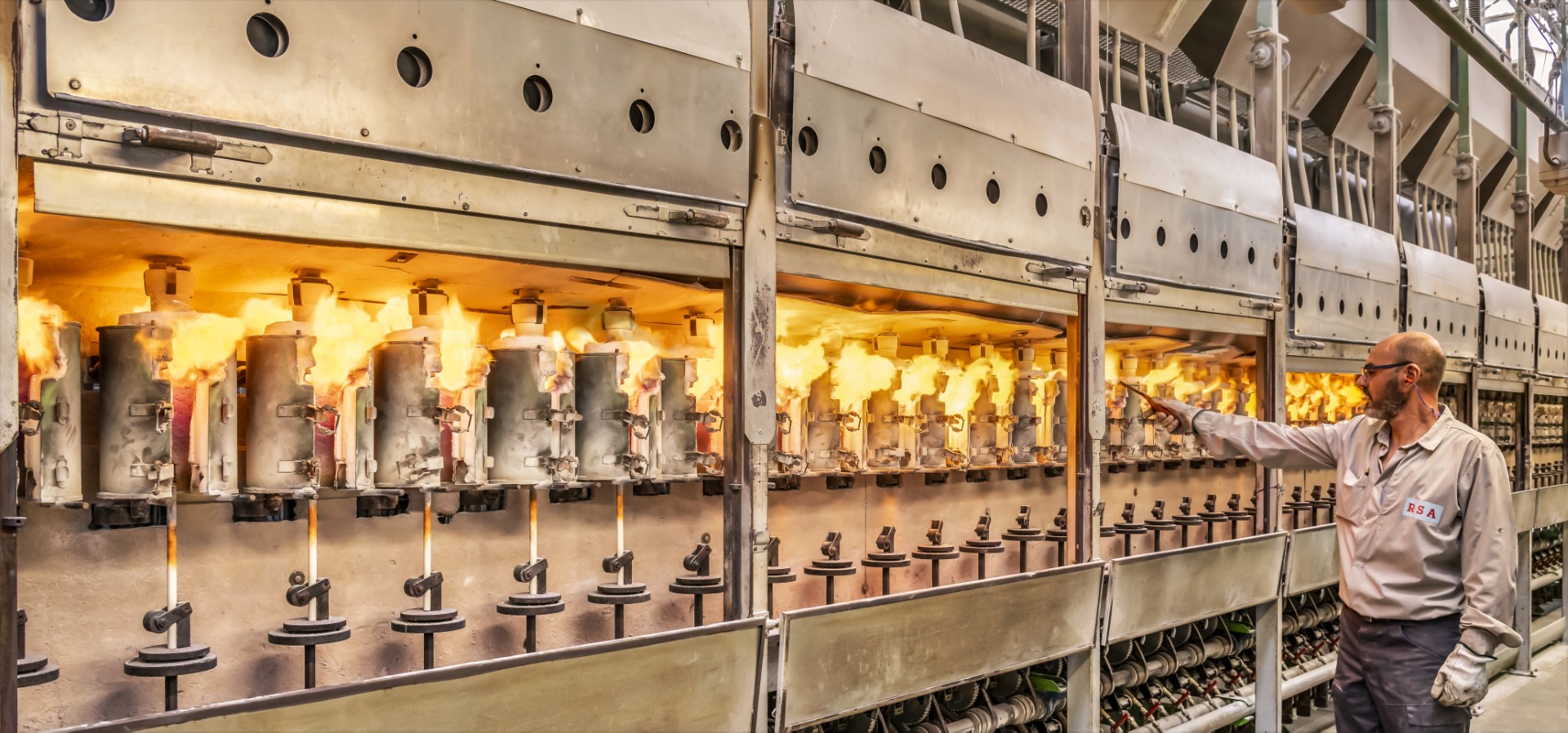
Stone manufacturing
Corundum and Spinel: A Closer Look at the Production of Our French Rough
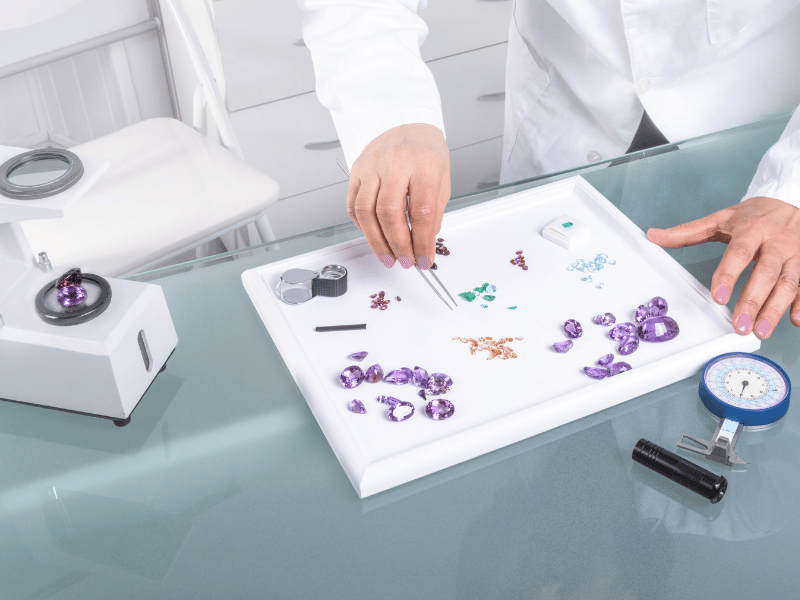
Expertise & Advice
The stones
Synthetic stones does not mean plastic
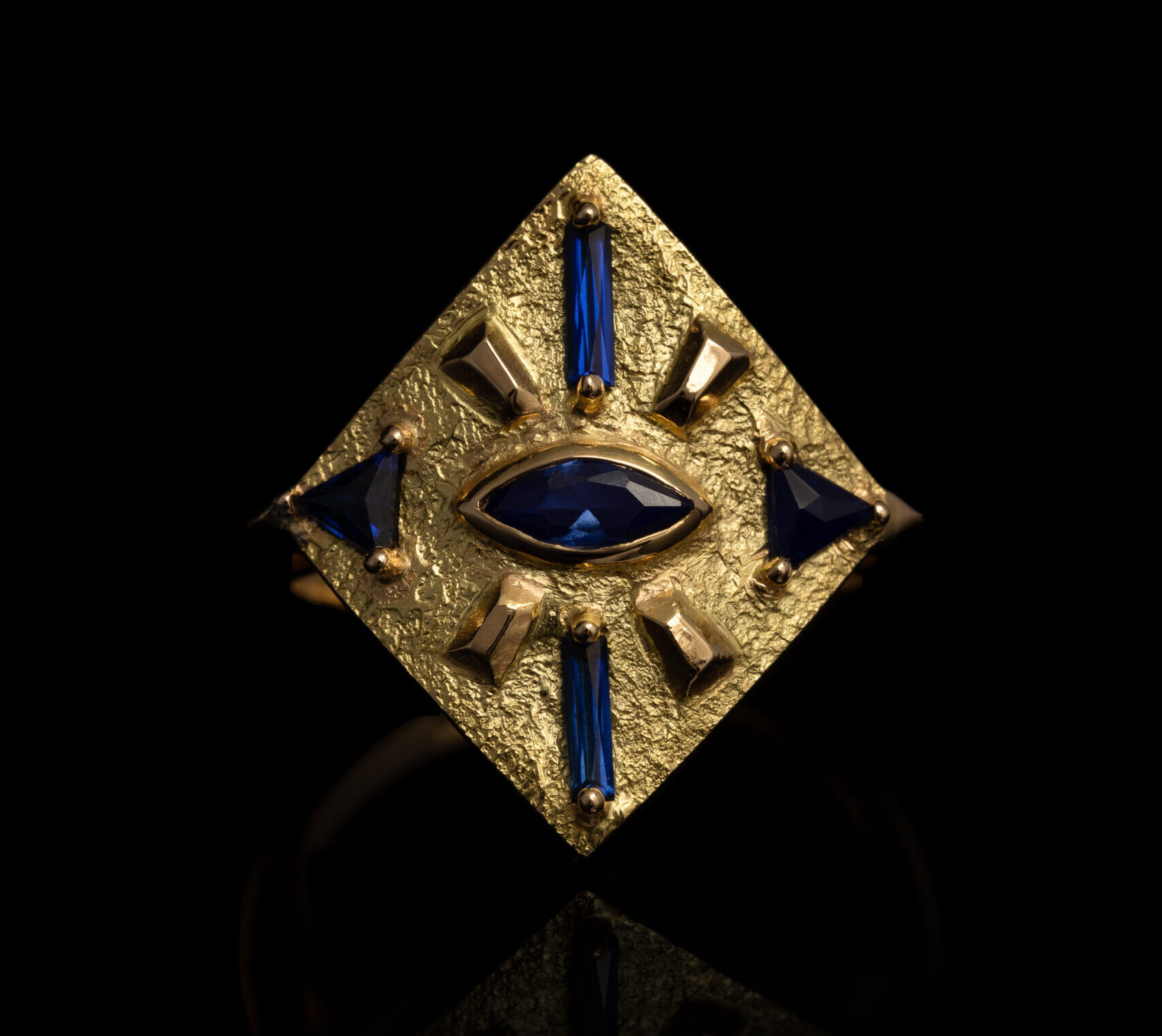
Designers
Chloé Hoquet, Ethical Artisan Jeweler and Creator
Download
Our Trendbook !

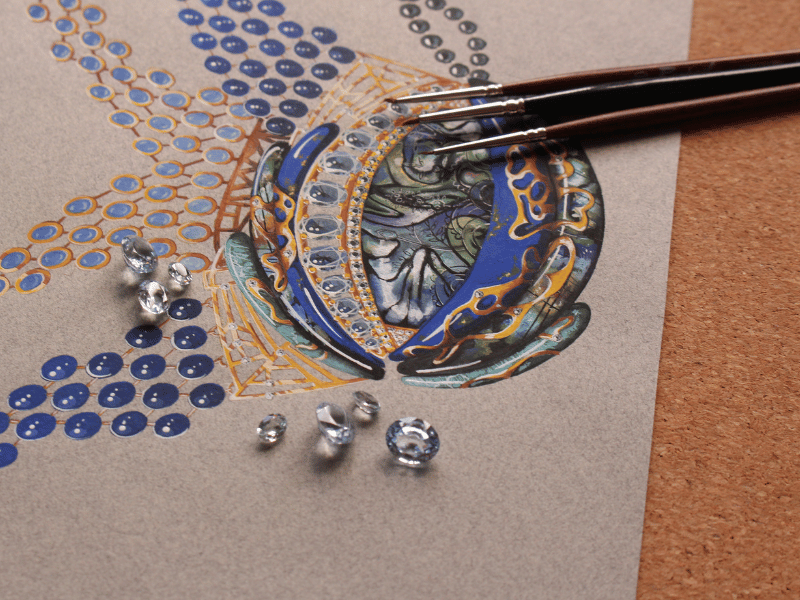
Designers
Lucille GILBERT, Jewelry Design Student
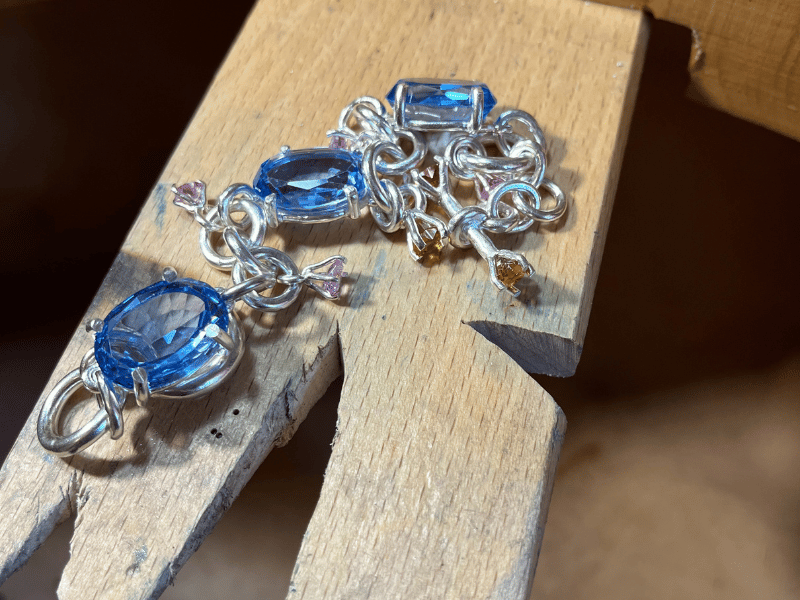
Designers
Diane BOUY, Jewelry Designer
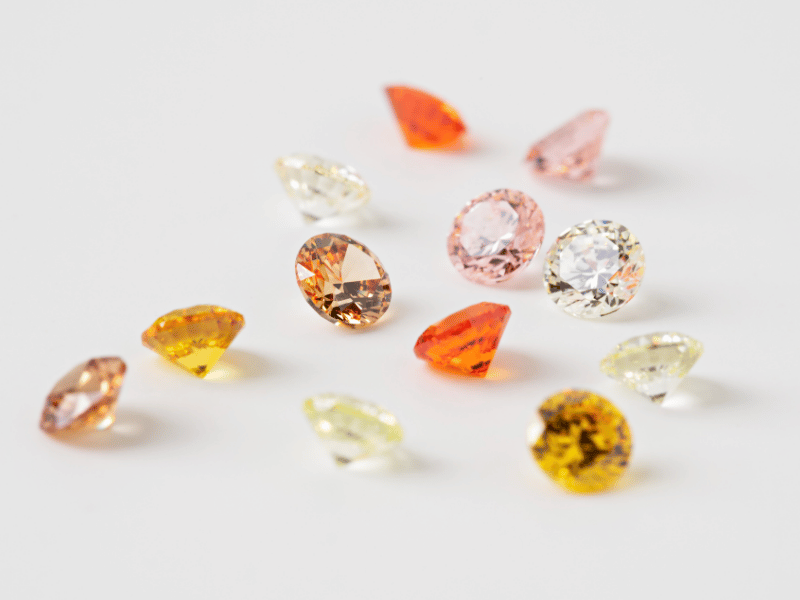
The stones
Nano: a material with optimal properties for jewelry and fashion
To what extend do you know nanocrystal? You surely have already heard of nano, n...
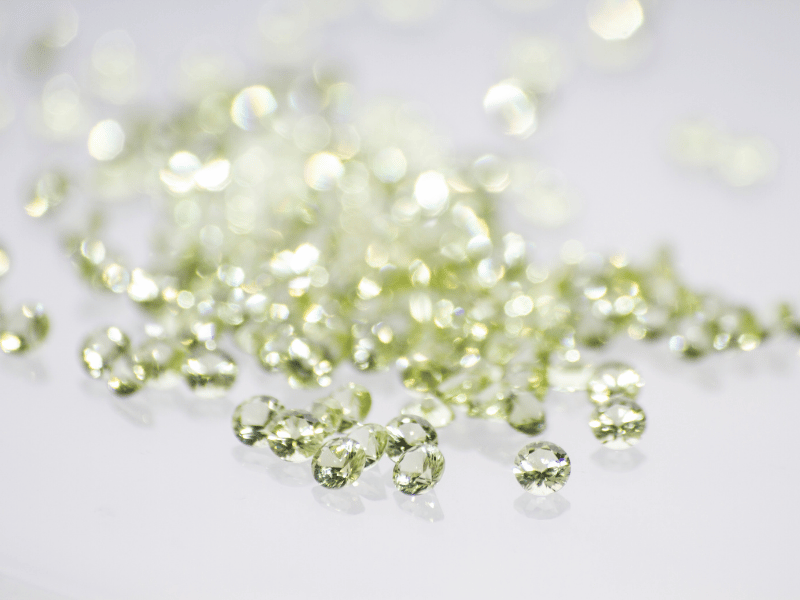
The stones
Focus on… Peridot
Peridot is a semi-precious natural stone that is especially valued for its brigh...
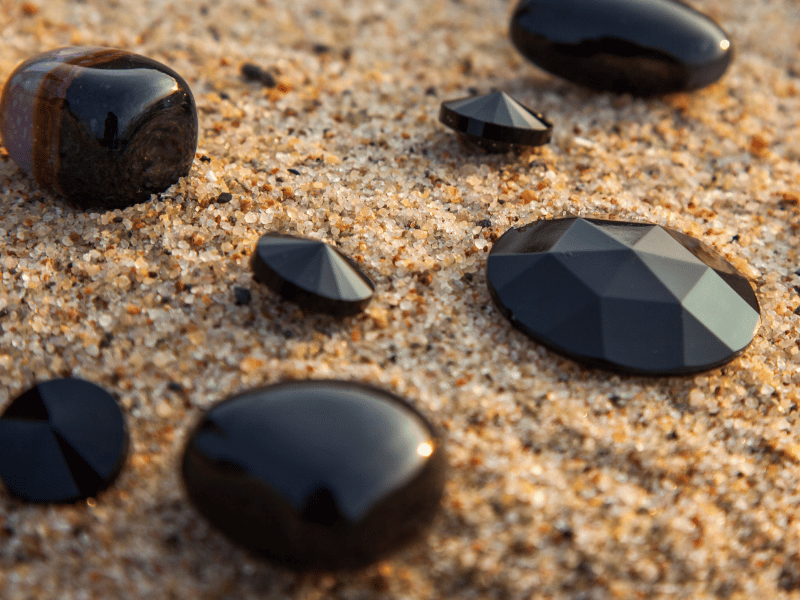
The stones
Focus on… Black Onyx
Onyx is a natural, semi-precious stone belonging to the family of calcedonies. O...
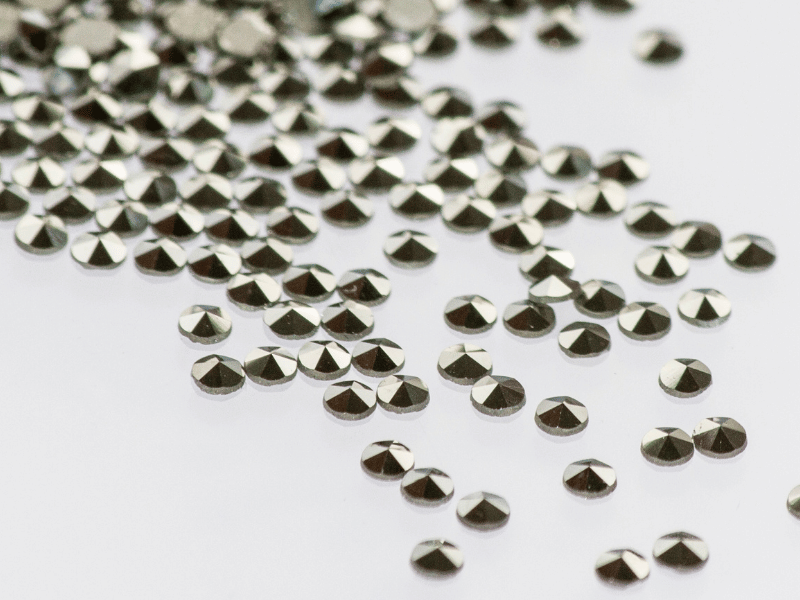
The stones
Focus on… Marcasite